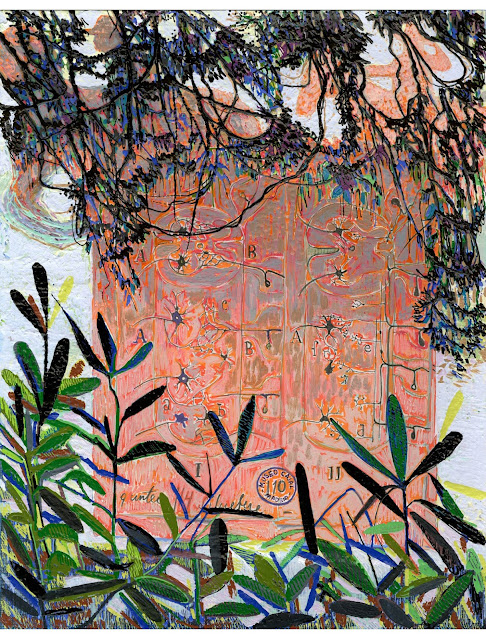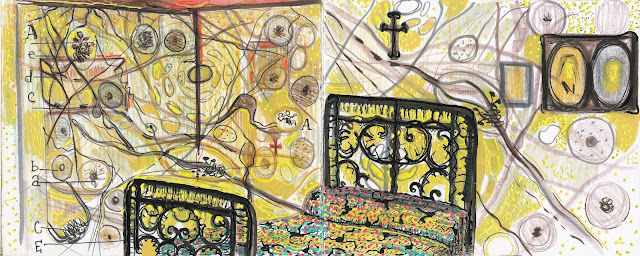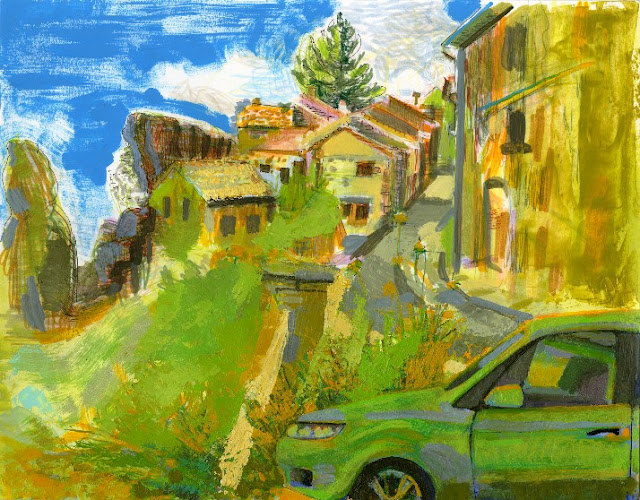In a harmonious blend of science, culture, and history, the picturesque town of Petilla de Aragón, where Nobel laureate Santiago Ramón y Cajal was born, is set to be twinned with Corteno Golgi, the Italian hometown of his esteemed colleague and fellow Nobel Prize winner, Bartolomeo Camilo Emilio Golgi. This remarkable union takes place during the Ramón y Cajal Research Year (Año Cajal), a celebration of the triennium that honors the legacy of these two groundbreaking scientists of the 20th century.
On March 17 and 18, the twinning festivities will unfold, offering a medley of cultural activities that unite the families and legacies of Ramón y Cajal and Golgi, who were jointly awarded the Nobel Prize in Medicine in 1906. The event commences with the inauguration of the exhibition 1903 - Viaggio in Italia, showcasing the artistic side of Cajal through a captivating collection of photographs from his Italian sojourn. The following day, visitors will be welcomed to the birthplace of Santiago Ramón y Cajal, where a commemorative plaque will be unveiled, and the title of Favorite Son of the Villa will be posthumously bestowed upon him. This two day event will culminate in an extraordinary municipal plenary session, where the mayors of both towns will sign the twinning agreement, formalizing their commitment to preserving these scientific giants' heritage. Celebrating this historic moment intertwines the legacies of Ramón y Cajal and Golgi and experiences the inspiring fusion of science, art, and community. (Blog post continues below.)
In this blog post, I invite you to traverse the fascinating history and legacy of Santiago Ramón y Cajal while also exploring the inspirational and exquisite landscapes of his hometown from an artistic perspective. I have often conceptualized Cajal's biography from a surreal perspective within my project Aesthetic Instincts: the Intersection of Art and Science in the life of Santiago Ramón y Cajal. Plus, during visits to Cajal's birthplace, I am often compelled to create Plein air paintings that encapsulate the town's natural allure. These pieces and additional works are featured in my latest monograph, Cajal's Canopy of Trees.
Above is my artwork, Cajal and Golgi, - a vivid portrayal of the esteemed scientists on horseback, enveloped by a lush, verdant landscape. At the heart of this imaginative composition lies Cajal's emblematic drawing, reflecting the intriguing contrast between their theories about the brain's anatomy. Accompanying this piece, below, you'll find a pair of pages from my custom and surreally crafted accordion sketchbook, which analyzes the formative years of Cajal's life through a biographical lens, capturing the essence of his childhood and its impact on his illustrious career.
Featured lastly on this post is an example of one of my Plein air landscape paintings from my monograph, Cajal's Canopy of Trees. A publication that as a collection is a tribute to the eminent scientist and a visual odyssey through the captivating scenery that fostered his inquisitiveness and intellect. For those interested in further exploring the artistic aspects of Cajal's world, the monograph provides an immersive experience of the unique environments that significantly influenced the life of this remarkable individual. (Blog post continues below.)
In conclusion, the historic twinning of Santiago Ramón y Cajal and Bartolomeo Camilo Emilio Golgi's hometowns is a testament to their enduring legacies and their profound impact on the world of science. In this article, we've looked into the cultural events and artistic journeys that have given us valuable insights into the lives of these trailblazing individuals. Their remarkable careers were greatly influenced by the vibrant environments they emerged from. As we join the global community in celebrating their achievements and the unique connections between their places of origin, let's also draw inspiration from their unwavering quest for knowledge and the inspiration that emerges when art and science intertwine.
- You can learn more about Dawn Hunter's monograph, here, and you can more about Petilla's twinning event, here.

































